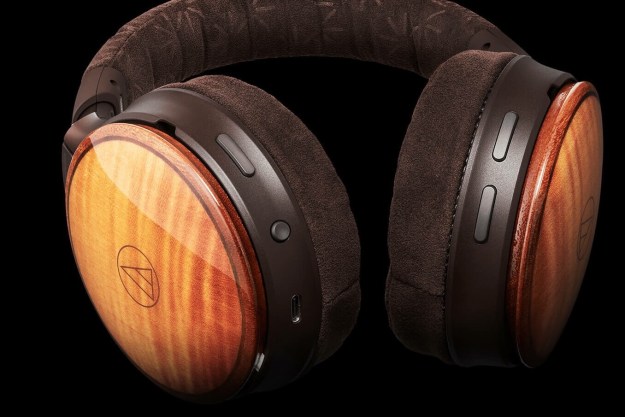Status Audio is an extremely low-profile brand which has eschewed logos and big advertising in favor of a direct-to-consumer strategy in order to keep their costs, and subsequently the price tag for their products, low. With the Audio CB-1, pricier materials like metal and natural leather which might be used in more expensive headphones were substituted with more cost effective plastic and synthetic fabric. While the result is that the CB-1 look a bit cheap and lack a refined aesthetic, Status didn’t skimp on the features that count.
While we weren’t expecting much from the sound quality, we were blown away after putting these on. The soundstage is wide and deep with good stereo imaging delivering accurate instrumental placement. Much like the Audio-Technica ATH-M50x, the balance is neutral without much emphasis in any particular frequency range. This helps avoid fatigue during extended listening sessions, but may sound somewhat dull to ears accustomed to a more sculpted sound signature, like the exaggerated bass of Beats headphones or models from V-Moda.
We did note a slight degradation in sound performance and some additional sibilance in the higher frequencies at louder volumes, and despite being closed back, the CB-1’s isolation didn’t always block out a lot of ambient noise. However, at moderate listening volumes sound bleeding was minimal.
We weren’t expecting much from the sound quality but were blown away after putting these on.
Given that the body is constructed mostly from plastic, the CB-1 headphones are also fairly lightweight. Despite that, they feel sturdy and flexible, with enough clamping force to keep the headphones in place without gripping your head like a vice. They thickly padded earcups are extremely comfortable, as is the head cushion wrapped in vegan leather. The
Accessories include two detachable cables: A 10-foot straight cable and a compact coiled cable for various studio applications. The cables are both thick and durable with gold-plated connectors and a threaded male end for use with the included 1/4-inch adapter. The opposite ends have twist-lock connectors that secure into the base of the left ear cup, although a standard audio cable could be used as well. However, neither cable has a remote for playback control nor a mic for hands-free calling with a mobile device.
Generic looks aside, the Status Audio CB-1 headphones definitely favor sound over style, and considering the sound performance that you get from them, $79 is a remarkable price point. While you can very easily spend twice as much, budget musicians, budding engineers, and even regular listeners may want to give the CB-1 a try.
Editors' Recommendations
- Ifi says its latest portable DAC restores the missing quality in digital audio
- 1More’s PistonBuds Pro Q30 look like great budget buds at $50
- Sony updates WH-1000XM5 with head-tracked spatial audio and better multipoint
- Sony goes open-back with the MDR-MV1 studio monitors designed for spatial audio
- NAD’s CS1 adds wireless streaming music to any audio system


